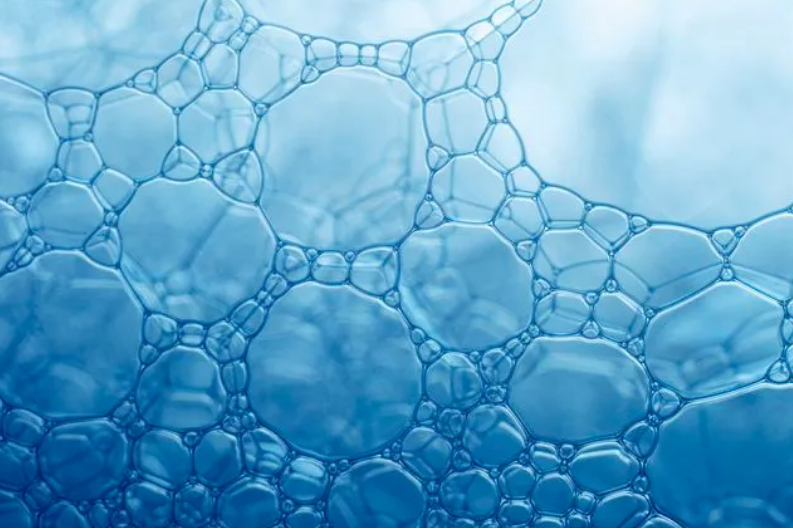Procedure for purification of refractory peptides
In the process of production and purification of peptides, insoluble sequences are often encountered, which also leads to the results of low yield, difficult purification, unqualified purity of the finished product or peptide production errors in many peptide enterprises. These insoluble properties have a lot to do with the amino acid composition and sequence of the peptide itself. We have conducted in-depth research in the field of peptides for a long time. So that we have accumulated a wealth of excellent experience to ensure that we have a high pass rate and product quality for the dissolution and purification of difficult peptides.
(1) Generally, when the overall acidic peptide is difficult to dissolve, it is necessary to pour an appropriate amount of alkaline solution, and when the alkaline peptide is difficult to dissolve, it is necessary to pour an appropriate amount of acidic solution; .
(2) When the sequence contains too many hydrophobic amino acids or neutral amino acids, it is not easy to dissolve in water immediately, generally need to pour a little organic solvent, dissolve fully after a large amount of distilled water dilution, the most commonly used organic solvents are acetonitrile, DMSO, DMF, propanol, isopropanol, etc.;
(3) When the peptide chain contains Met or Cys, DMSO cannot be dissolved, because DMSO is oxidizing, which is likely to cause the oxidation of S contained in the peptide chain;
(4) In the process of developing Amyloid series products, we found that the purification column used after the purification of products dissolved with DMOS could hardly be used for the purification of other products. In order to ensure the stability of Amyloid products, we used special purification columns for Amyloid and other related products.

Under the premise of ensuring the needs of the experiment, the peptide can also be modified and adjusted according to the physical properties, chemical properties and molecular structure of the peptide chain to improve its solubility. Our suggestions are as follows
(1) Modifying the C-terminal and N-terminal of the peptide chain: for acidic peptides, C-terminal acetylation is especially recommended; N-terminal amination is especially recommended for alkaline peptides.
(2) Change the amino acid sequence in the peptide chain: Some sequences contain many continuous hydrophobic amino acids, such as W,F,V,I,L,M,Y. When these hydrophobic amino acids appear in large quantities or repeatedly in the sequence, the whole peptide chain is mostly insoluble. In order to improve the polarity and hydrophilicity of the peptide, it is generally recommended that customers extend the sequence under the premise of ensuring the experimental results. Or by reducing the number of hydrophobic amino acids to improve solubility.
(3) Replacing hydrophobic amino acid residues in the sequence: under the premise of ensuring the experimental results, replacing hydrophobic amino acids in the sequence with soluble amino acids can achieve the role of improving solubility. We generally use Gly,Ala to replace hydrophobic amino acids, most of them will get a better dissolution effect, in fact, it is also a conservative but effective way to strengthen the solubility of peptides.
Omizzur Biotech custom peptide synthesis business includes: drug peptides, clinical peptides, stapled peptides, starch peptides, aldehydes peptides, cyclic peptides, disulfide bridging peptides, transmembrane peptides, various antimicrobial peptides, cosmetic peptides, phosphorylated peptides, PEG peptides, BSA and KLH coupling antigen peptides, various acid modified peptides, various amine-modified peptides (aniline, isoamylamine, diethylamine), various fluorescent peptides. Labeled (FITC, FAM series, DOTA, TAMRA series, Cy series) isotope peptides, etc.
Read Related Articles:
Copyright © 2020 Omizzur Inc | Terms & Conditions | Privacy Notice | Sitemap